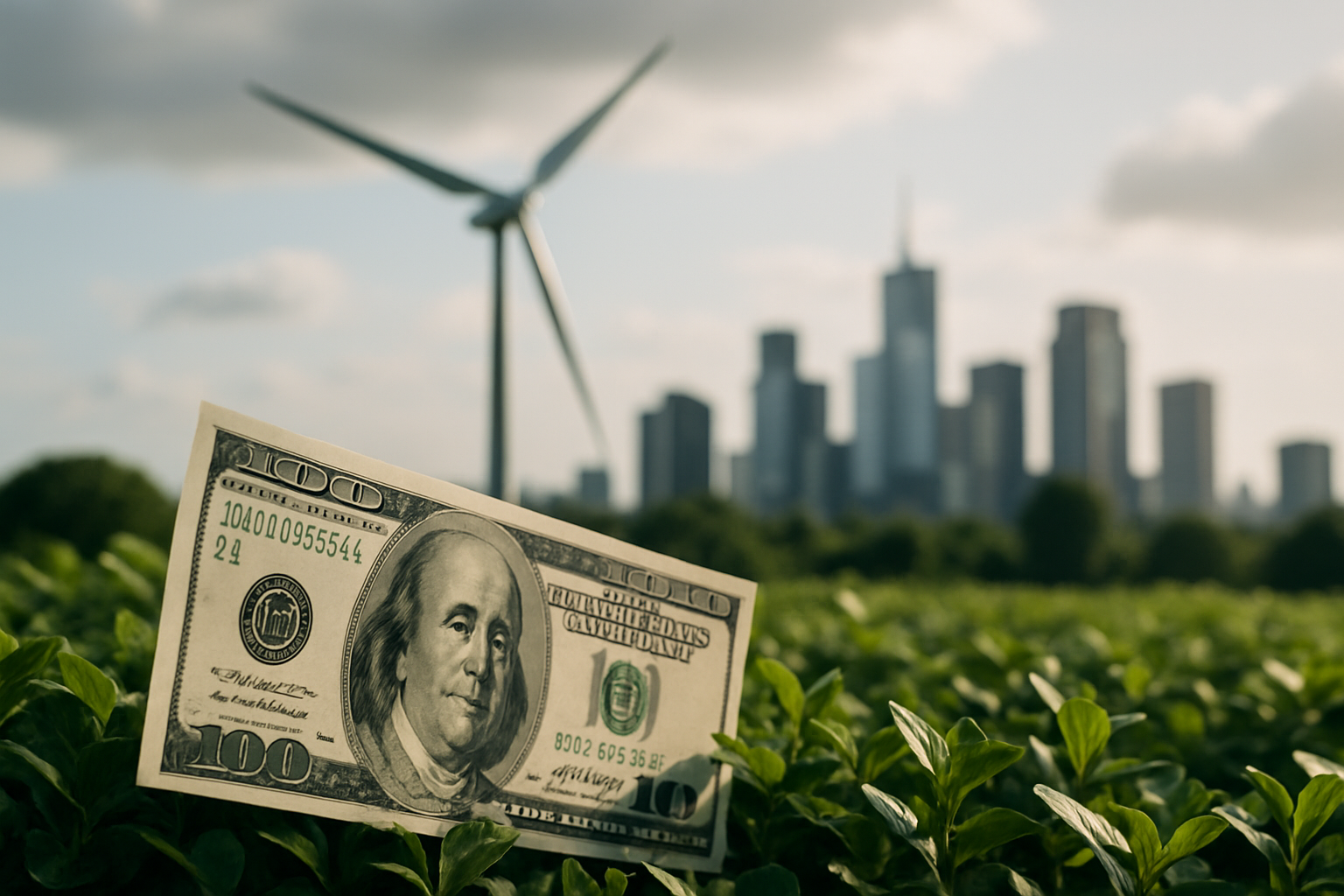Understanding the World of Green Bonds: An Emerging Investment Opportunity
Financial markets are evolving at a rapid pace, with new investment opportunities presenting themselves for those savvy enough to seize them. One such emerging opportunity is in the world of green bonds. These unique financial instruments are not only driving the shift towards sustainable business practices, but also offering attractive returns for investors. This article will delve into the origins of green bonds, discuss their current market trends, and provide a detailed analysis of their potential impact and benefits.

The Genesis of Green Bonds
Green bonds are a relatively new phenomena in the world of finance, having first emerged in 2007. These bonds are designed to raise funds for projects with environmental and climate benefits. The European Investment Bank issued the world’s first green bond, labeled a “Climate Awareness Bond”. Since then, the market has grown exponentially, driven by increasing environmental concerns and the search for sustainable investment opportunities.
Market Dynamics of Green Bonds
The market for green bonds has been expanding steadily over the past decade. According to the Climate Bonds Initiative, a record $269.5 billion of green bonds were issued worldwide in 2020, up 1% from 2019. The market is predicted to grow further, with estimates suggesting that the global green bond issuance could reach $450 billion in 2021.
The Impact and Benefits of Green Bonds
Green bonds have the potential to significantly impact sustainable development. They provide a way for governments, corporations, and financial institutions to finance projects that have a positive environmental impact, such as renewable energy, clean transportation, and sustainable agriculture.
For investors, green bonds offer a way to contribute to environmental sustainability while also earning a return on their investment. Green bonds typically offer similar returns to conventional bonds, but with the added benefit of being tied to environmentally friendly projects.
Real-World Applications and Risks
Green bonds are being used worldwide to fund various environmentally friendly initiatives. For example, Apple Inc. issued a $1 billion green bond in 2017 to fund renewable energy projects at its facilities. However, like all investments, green bonds carry risks. These include the risk of default by the issuer and the potential for greenwashing, where projects funded by green bonds are not as environmentally friendly as they appear.
Practical Insights into Green Bond Investment
-
Understand the project: It’s important to understand the specific project that the green bond is funding. This will give you a clear idea of its environmental impact.
-
Evaluate the issuer: Look into the financial stability of the issuer. A financially stable issuer is less likely to default on their bond payments.
-
Beware of greenwashing: Be wary of bonds that claim to be “green” without clear evidence of environmental benefits.
In conclusion, green bonds represent an exciting and rapidly growing field within the finance sector. They offer a unique opportunity to combine financial returns with positive environmental impact. However, like all investments, they require careful consideration and due diligence. By understanding the origin, current trends, and potential impact of green bonds, investors can make informed decisions that align with their financial goals and environmental values.





